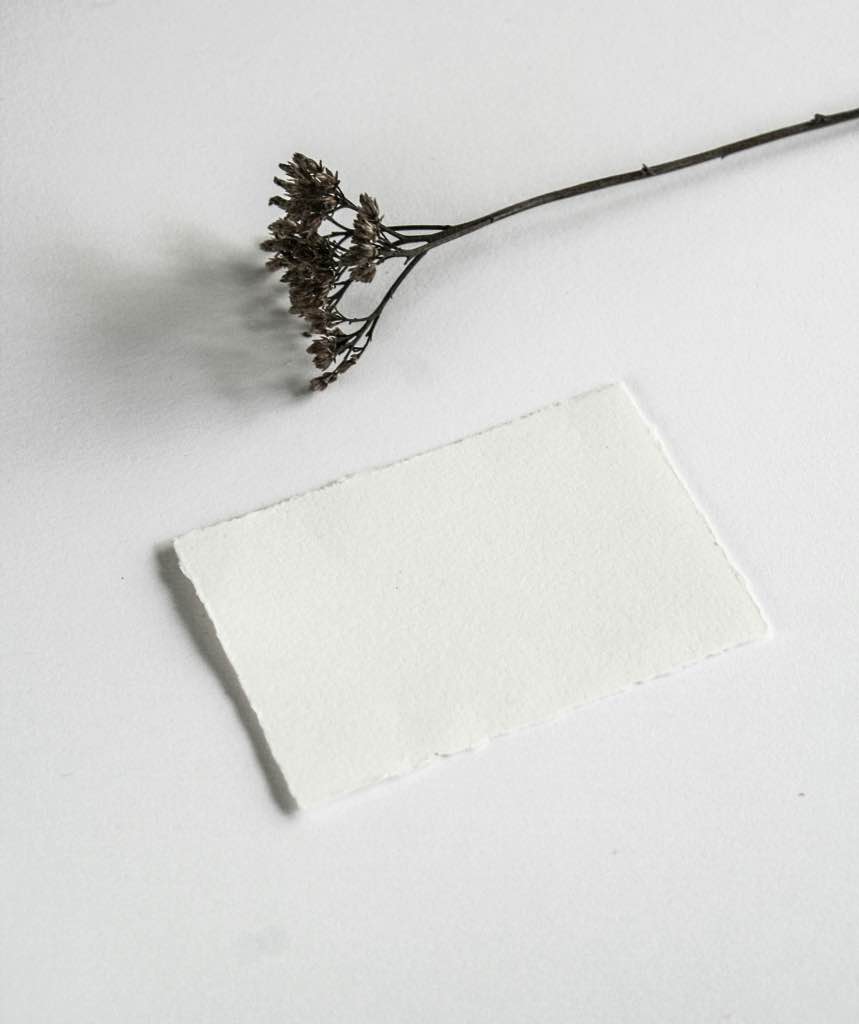[su_label type=”info”]Bookmark[/su_label]
[su_box title=”Definition” style=”default” box_color=”#82e0aa ” title_color=”#FFFFFF” radius=”3″]According to Wikipedia:
Paper with a feathered edge is described as having a deckle edge, in contrast to a cut edge.
[/su_box]
Paper enthusiasts and book lovers may have noticed a fascinating feature known as the deckle edge. Deckle edges, distinguished by their feathered and uneven trim, originate from the traditional papermaking process, where the wooden frame, or deckle, does not completely seal the mold. As a result, the distinctive rough edges, once a natural byproduct, are now often recreated for their aesthetic appeal.
In earlier times, particularly before the 19th century, deckle edges were common and unavoidable due to the limitations of handmade paper techniques. As papermaking evolved, especially in places like Japan and China, these edges were often trimmed for a smoother finish. Modern innovations allow manufacturers to purposefully recreate these edges, giving paper a vintage and handcrafted look.
Book design also incorporates deckle edges, giving books a distinctive, antiquarian look that many collectors and readers find appealing. This intentional choice in publishing adds a touch of history and elegance, differentiating such books from the more common, uniformly cut editions.
Production Techniques
Deckle edges are created through both traditional and modern methods, providing unique textures and appearances to paper and books. The techniques vary significantly in terms of complexity and equipment used.

Traditional Handmade Paper Process
Traditionally, deckle edges are formed during the papermaking process using a deckle, which is a wooden frame placed over a screen. This frame holds the slurry of pulp and water. As the slurry settles, fibers seep under the edges of the deckle, creating uneven edges.
Once the water drains, the sheet of paper is carefully removed and dried. The uneven edges are left untrimmed, preserving the natural, rustic look. This method was common before industrial papermaking and is still used by artisans today for its aesthetic appeal.
Some cultures, like those in Japan and China, often trimmed the deckle edges to create clean lines. However, in Europe, the practice of leaving the edges intact gained popularity over time, especially among collectors and for special editions.
Modern Industrial Methods
In contemporary industrial settings, deckle edges are produced using machinery equipped to replicate this traditional look. Machine-made papers have smooth edges by default. To add deckle edges, these papers undergo additional processing steps.
High-speed cutting tools or special rollers are used to create the irregular edges artificially. These machines simulate the effect of the handmade process but allow for much faster production on a large scale.
Special editions of books often feature manufactured deckle edges to evoke a vintage or artisanal feel. This blend of technology and tradition meets both aesthetic desires and commercial needs, showing the versatility of modern production techniques.
Visual and Tactile Appeal

Deckle edges provide a unique visual and tactile experience that sets a book apart. They harken back to a time when paper was handmade, giving the book an antique or artisanal feel. This intentional imperfection lends a sense of authenticity and craftsmanship, making each page feel special.
The rough, uneven edges create a pleasing contrast with the smooth, clean lines of machine-cut pages. Readers often find the tactile sensation of flipping through deckle pages to be engaging, adding to the sensory experience of reading.
Furthermore, deckle edges can increase the book’s perceived value. Limited editions or special releases often feature them, aiming to enhance the book’s luxury and uniqueness.
Consumer Perception and Market Trends
Consumer perceptions of deckle edges, particularly in the context of collectible and rare books, have a significant impact on market behaviour. Key factors, such as collector preferences and the impact on the book’s value, shape market trends.
Collector Preferences
Collectors often view deckle edges as a sign of authenticity and craftsmanship, adding to a book’s appeal. These rough-cut edges, which were historically a byproduct of traditional paper-making methods, evoke a sense of historical authenticity.
Some collectors focus solely on acquiring books with deckle edges, believing these copies to be more prestigious. In a market where rarity and uniqueness drive demand, the presence of deckle edges can make a significant difference.
The tactile experience also matters. The distinct feel of deckle pages can enhance the reading experience, pleasing avid collectors and bibliophiles alike. Therefore, publishers and booksellers often highlight this feature to cater specifically to niche markets.
Impact on Book Value
Deckle edges can directly affect a book’s value in multiple ways. First, they are frequently associated with limited editions or early printings, which are inherently more valuable. Books with deckle edges may often command higher prices at auctions or in secondary markets.
Condition plays a crucial role; well-preserved deckle edges can make a book more desirable. On the contrary, damaged or unevenly cut edges might lower the perceived value.
It is also essential to consider the interplay between deckle edges and other features, such as binding, cover materials, and illustrations. A book valued for its deckle edges might see its market price further boosted by other high-quality elements.
Further Reading
For the love of a deckle edge: John Warner notes the tactile pleasures of reading unevenly bound pages by John Warner, Chicago Tribune
In defence of deckle edge books, a ‘blameless quirk of publishing tradition’ by Sam Leith, Spear’s





